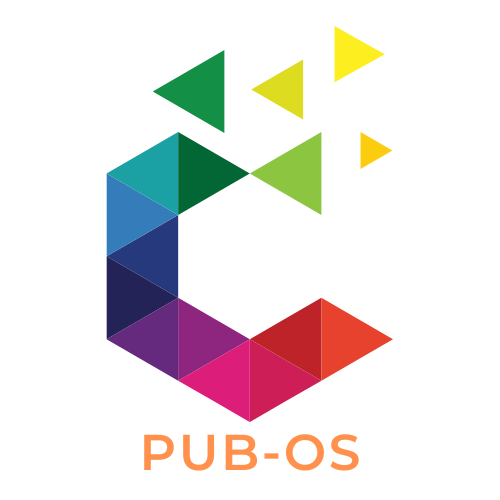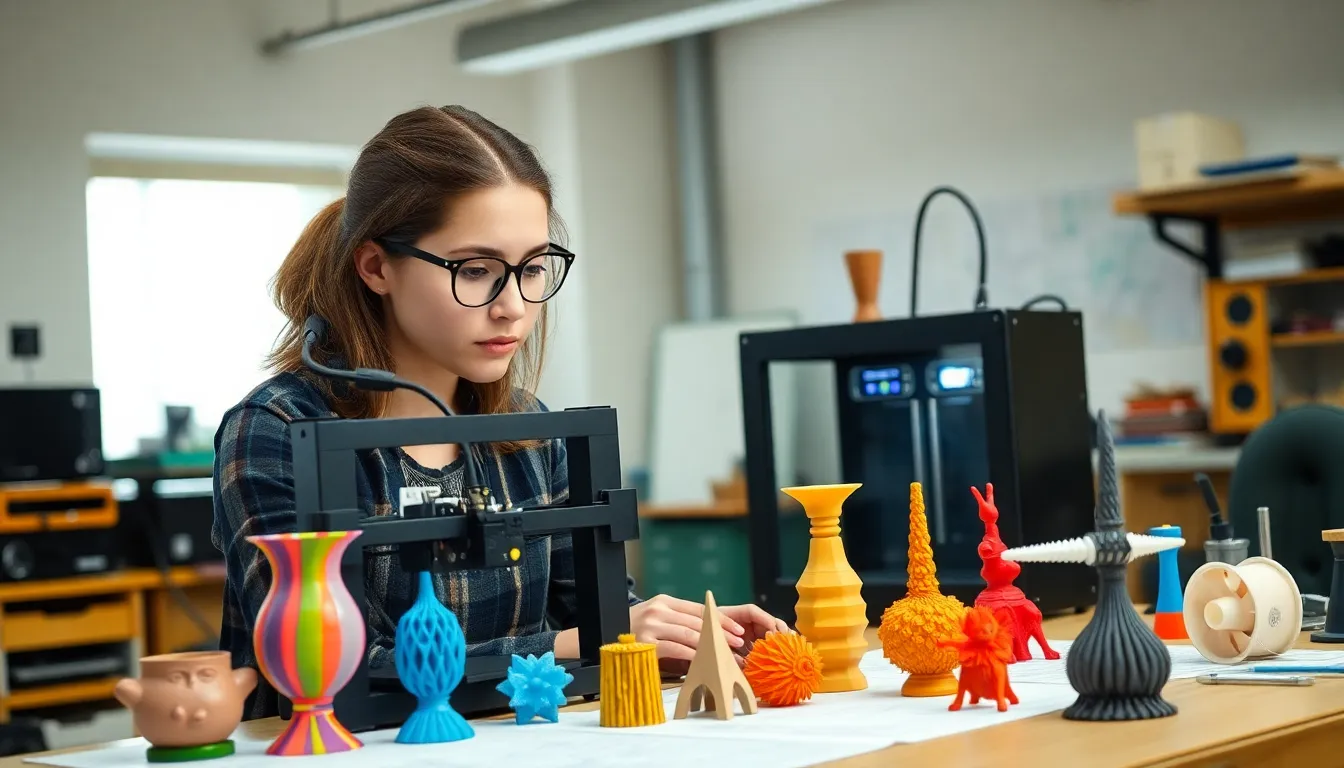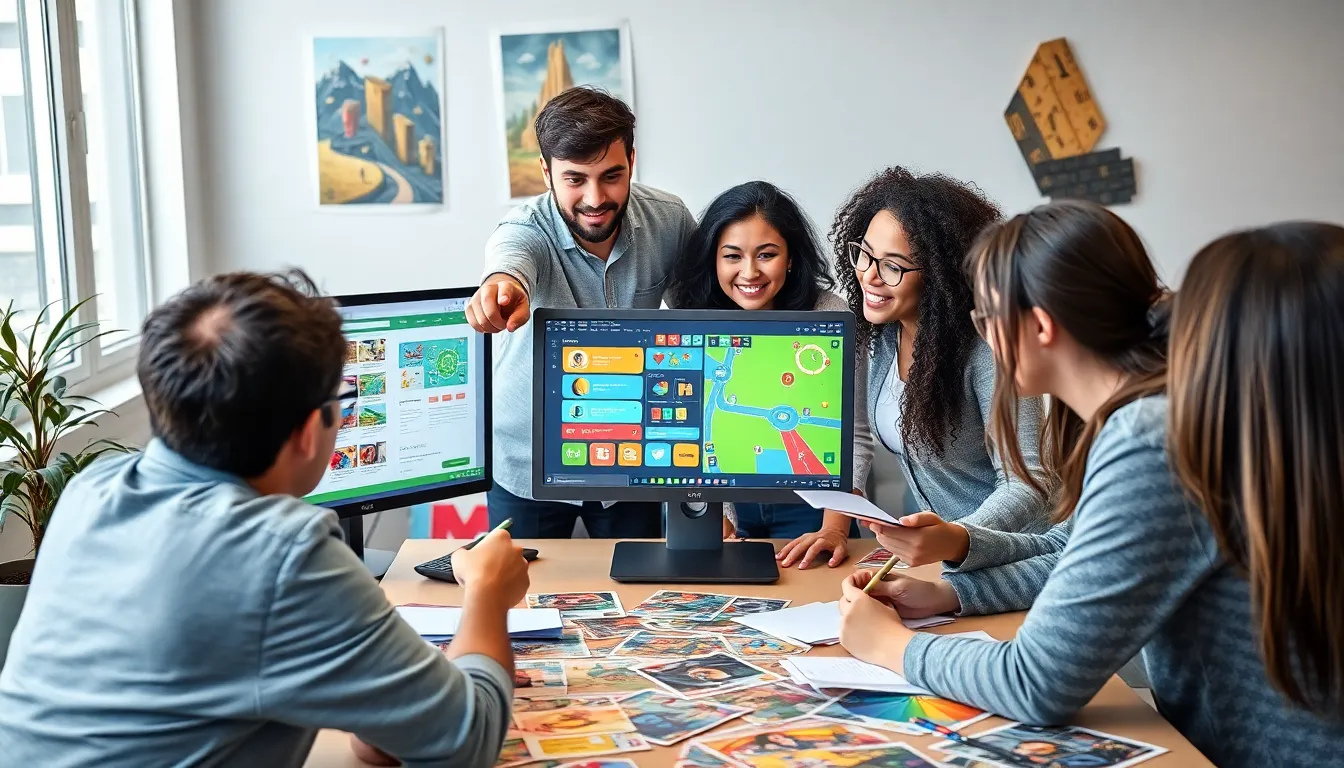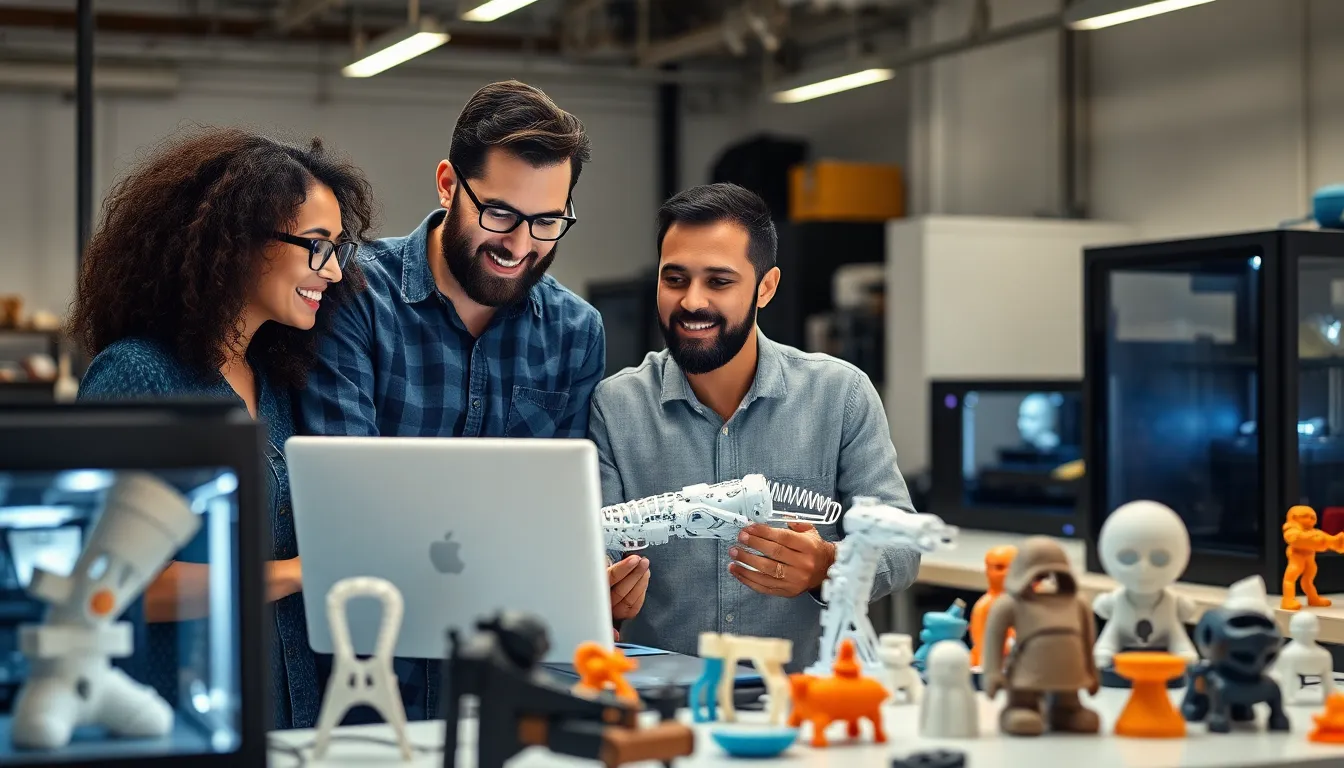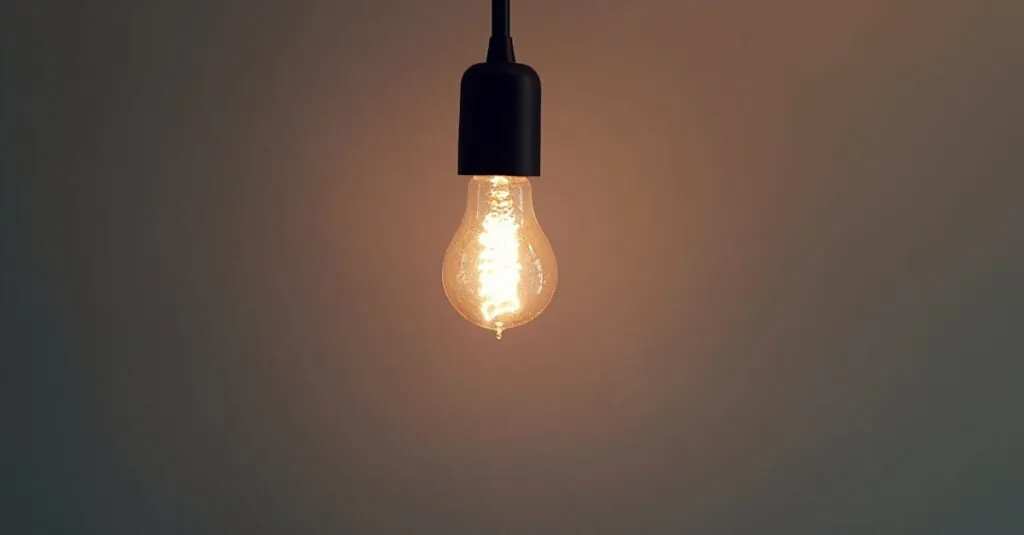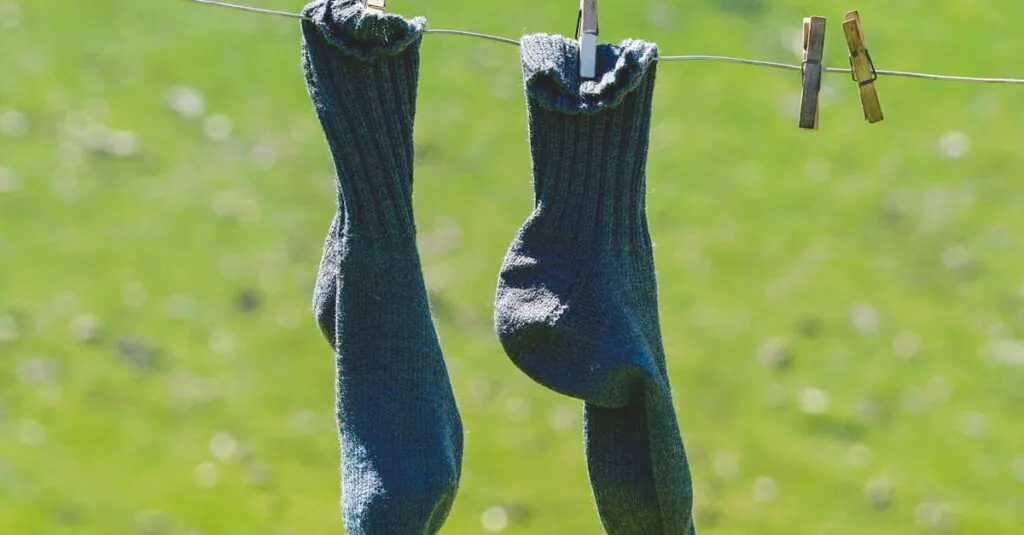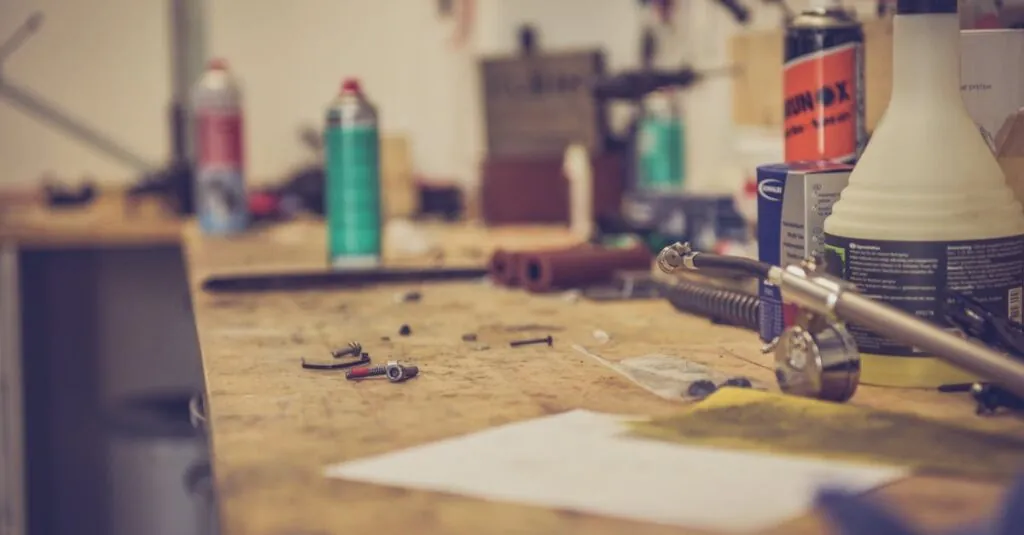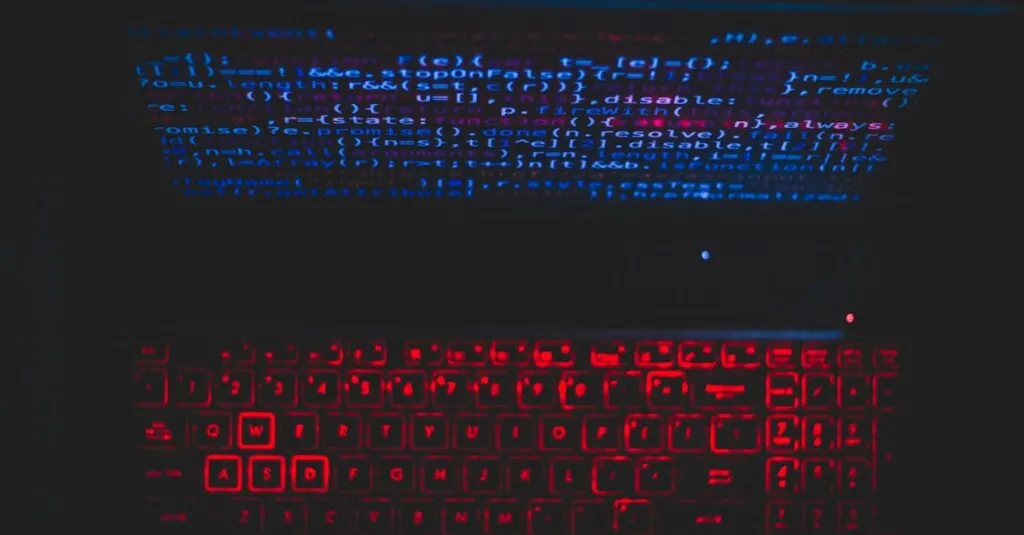3D printing has transformed the way creators bring their ideas to life. With the ability to turn digital designs into tangible objects, it’s no wonder that enthusiasts and professionals alike are diving into the world of 3D printer projects. From intricate models to practical tools, the possibilities are endless.
Exploring innovative projects not only sparks creativity but also enhances skills in design and engineering. Whether someone is a beginner or an experienced maker, there’s always something new to learn and create. This article will highlight three exciting 3D printer projects that inspire and challenge, showcasing how accessible and rewarding this technology can be.
Overview of 3D Printer Projects
3D printer projects encompass a diverse range of applications that demonstrate the versatility of this technology. These projects appeal to a wide audience, from hobbyists to professionals. Engaging in 3D printing projects fosters creativity, enhances technical skills, and encourages innovative problem-solving.
Types of 3D Printer Projects
- Functional Prototypes
Functional prototypes allow designers to test and refine their concepts. Creating prototypes accelerates the development process and reduces costs associated with traditional manufacturing methods.
- Artistic Creations
Artistic creations reflect individual expression and creativity. Artists utilize 3D printing to produce sculptures, jewelry, and complex structures that may be difficult to achieve through conventional methods.
- Educational Tools
Educational tools enhance learning experiences across various subjects. Teachers and students use 3D printed models to better understand concepts in science, mathematics, and engineering.
Benefits of 3D Printer Projects
- Skill Development
Engaging in 3D printing projects develops essential skills such as design thinking, CAD software proficiency, and material science understanding.
- Cost Efficiency
3D printing reduces waste and minimizes production costs, making it a cost-effective solution for small-scale projects and custom designs.
Customization becomes easy with 3D printing. Creators can tailor projects to specific requirements, allowing for unique and personalized products.
These projects not only illustrate the capabilities of 3D printing but also inspire individuals to explore its potential in various fields. Each project serves as a stepping stone toward greater innovation and creativity.
Popular 3D Printer Projects
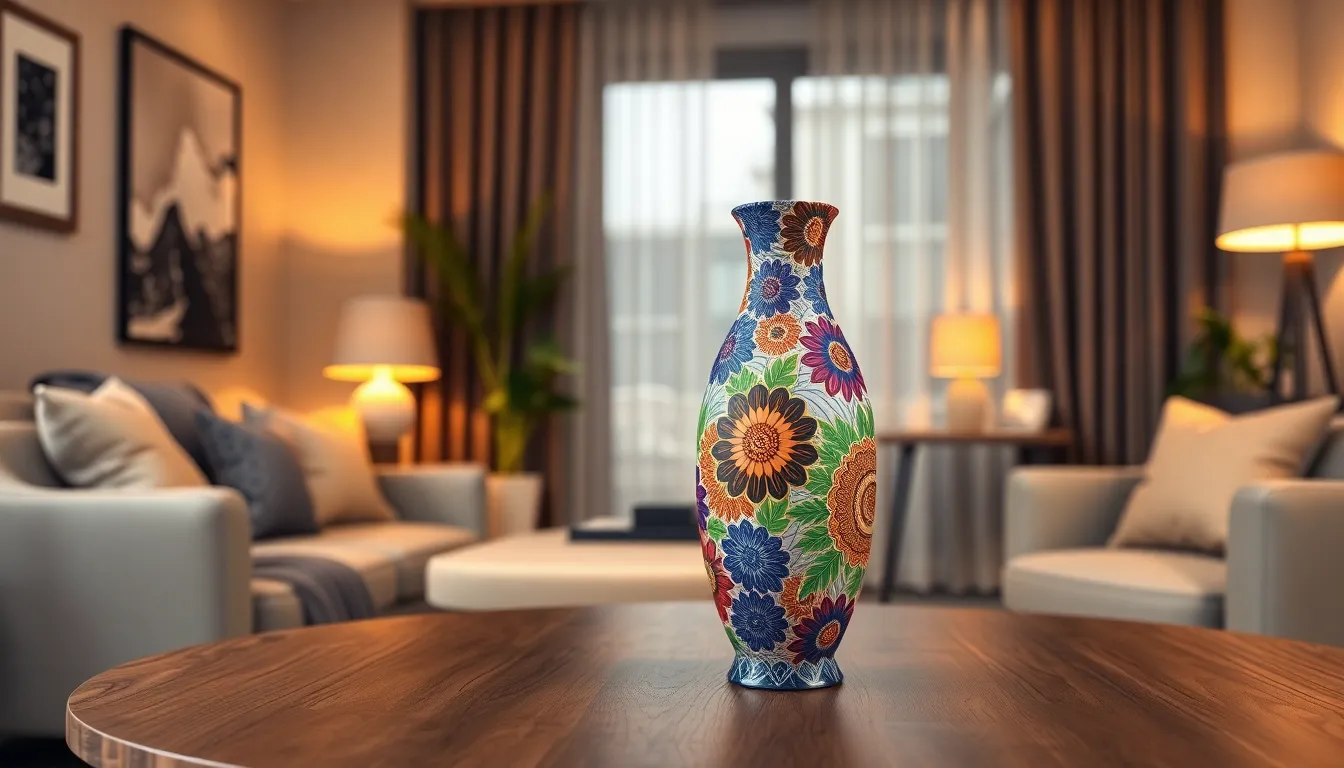
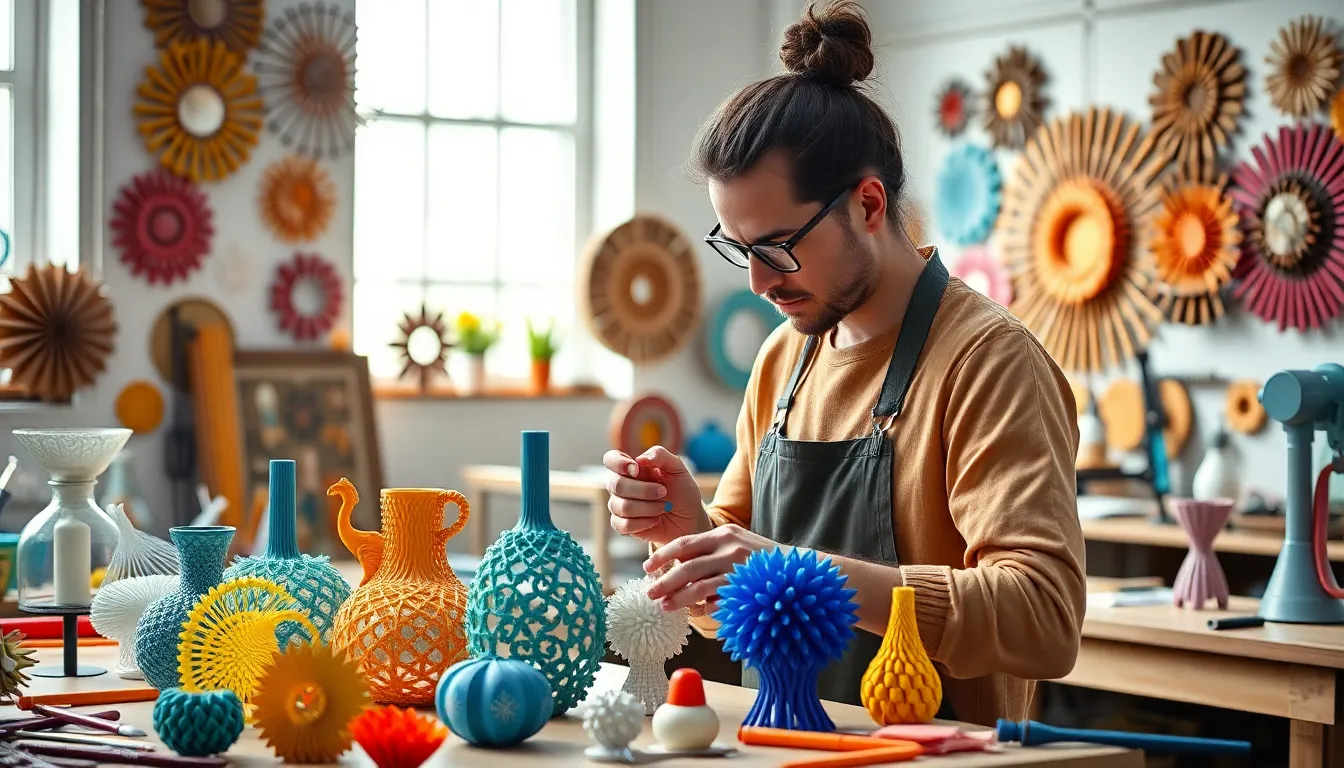
Numerous 3D printer projects captivate creators, offering unique opportunities for expression and functionality. Below are two prominent categories showcasing the versatility of this technology.
Home Décor Items
Home décor items made through 3D printing enhance living spaces with personalized touches. Examples include:
- Vases: Designers can create intricate, customized vases tailored to specific themes or colors.
- Wall Art: Unique wall hangings or sculptures provide a dramatic focal point in any room.
- Light Fixtures: Custom light shades can transform ambience while reflecting individual style.
- Furniture Accents: Small items like coasters, plant holders, or picture frames can be designed to match existing home aesthetics.
These projects allow creators to experiment with different materials and design techniques, resulting in one-of-a-kind pieces.
Functional Tools
Functional tools demonstrate the practical capabilities of 3D printing. Common projects in this category include:
- Kitchen Gadgets: Items like measuring spoons, spice racks, or bottle openers can enhance cooking efficiency.
- Workspace Organizers: Customized pen holders or cable management solutions contribute to a tidy and efficient workspace.
- Repair Parts: 3D printing enables quick production of replacement parts for appliances or tools, reducing downtime.
- Educational Aids: Tools such as 3D maps or models facilitate hands-on learning experiences in various subjects.
These projects emphasize practicality and innovation, showcasing how 3D printing can solve real-world problems.
Creative 3D Printer Projects
3D printing encourages creativity through diverse projects that combine art and technology. These projects inspire enthusiasts to explore innovative designs and functional applications.
Artistic Sculptures
Artistic sculptures showcase the potential of 3D printing in the world of fine art. Artists can create intricate designs that would be difficult to achieve using traditional techniques. From abstract forms to detailed replicas, 3D printed sculptures allow for exploration of unique textures and shapes. Examples include:
- Abstract Figurines: Designers craft curvy, imaginative shapes that challenge conventional aesthetics.
- Custom Statues: Artists design personalized statues based on individual preferences, capturing likenesses or unique concepts.
- Nature-Inspired Constructs: Creatives mimic natural forms, such as trees or animals, achieving organic appearances through advanced printing methods.
These projects not only enhance artistic expression but also enable the reproduction of complex ideas into tangible art pieces.
Unique Gadgets
Unique gadgets exemplify the usefulness of 3D printing in everyday life. Designers create innovative tools to simplify tasks or enhance efficiency. Some notable projects include:
- Phone Holders: Customizable stands can accommodate various devices, ensuring ergonomic viewing angles.
- Personalized Kitchen Tools: Inventive gadgets like measuring cups or peelers streamline cooking processes with bespoke designs tailored to specific needs.
- Wearable Tech: Creators produce innovative bands or cases that integrate personal style with functionality.
These gadgets emphasize the versatility of 3D printing, providing solutions that blend creativity with practical utility.
Tips for Successful 3D Printing
Successful 3D printing involves careful planning and execution. Focusing on material selection and design practices enhances project outcomes.
Choosing the Right Materials
Choosing appropriate materials significantly influences print quality and durability. Common materials include:
- PLA: Ideal for beginners due to its ease of use, low warping, and biodegradable properties.
- ABS: Known for strength and heat resistance, suitable for functional prototypes.
- PETG: Combines the best features of PLA and ABS, offering flexibility and durability.
- TPU: A flexible material perfect for detailed and elastic designs.
Selecting the correct material requires understanding project requirements and printer capabilities. Evaluating specific use cases informs material decisions.
Best Practices for Design
Implementing effective design practices ensures successful prints. Key guidelines include:
- Utilizing Supports: Designing models with support structures prevents sagging and improves print quality.
- Incorporating Tolerances: Accounting for material expansion during cooling ensures proper fitting of parts.
- Optimizing Layer Height: Adjusting layer heights balances detail and print speed, affecting overall project duration.
- Checking Orientation: Positioning models correctly optimizes strength and reduces print failures.
Following these design principles fosters better print outcomes, enhancing both functionality and visual appeal.
